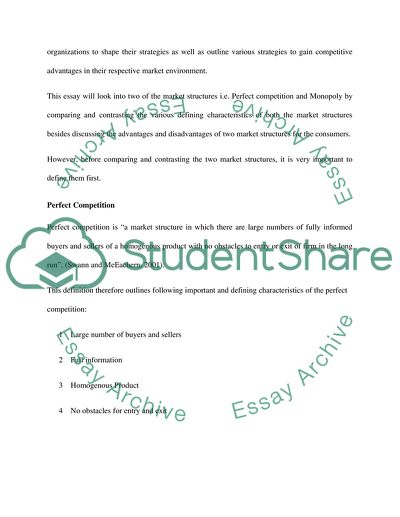Cite this document
(“Comparison of Perfect Competition and Monopoly Essay”, n.d.)
Retrieved from https://studentshare.org/macro-microeconomics/1547701-comparison-of-perfect-competition-and-monopoly
Retrieved from https://studentshare.org/macro-microeconomics/1547701-comparison-of-perfect-competition-and-monopoly
(Comparison of Perfect Competition and Monopoly Essay)
https://studentshare.org/macro-microeconomics/1547701-comparison-of-perfect-competition-and-monopoly.
https://studentshare.org/macro-microeconomics/1547701-comparison-of-perfect-competition-and-monopoly.
“Comparison of Perfect Competition and Monopoly Essay”, n.d. https://studentshare.org/macro-microeconomics/1547701-comparison-of-perfect-competition-and-monopoly.


